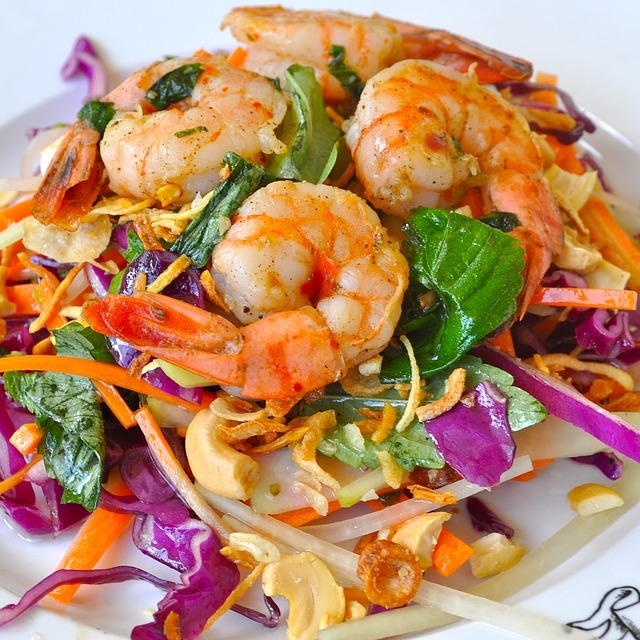Coaching Tips: Food Allergens and Removal Protocols
For quite some time the medical and wellness community has believed that food Allergies and food Intolerance were completely different things. They had believed that true food Allergies are only present from birth.
By definition and science, a food Intolerance is a reaction that occurs when a person has difficulty digesting a particular food. This can lead to symptoms such as intestinal gas, abdominal pain or diarrhea and causes inflammation throughout the body.
A food allergy is not an exclusively digestive reaction but an immune response to a food. This causes severe reactivity and can lead to anaphylaxis or death if untreated.
The confusing piece in all of this is when a person has food intolerance or multiple intolerances and later in life develops a full-blown allergy.
Take my husband for example who grew up eating cheese and ice-cream, who’d get the occasional tummy bloat or phlegm. This occasional bloat/phlegm started becoming a frequent response to dairy and by age 16 he experienced his first full blown allergic reaction to milk. His body to this day, will go into anaphylaxis if he consumes dairy protein. Now, it is doubtful that his body ever reacted well to milk, but this is a prime example as to how the immune system can become weakened over time, resulting in a food intolerance becoming a food allergy.
A recent study has shown that roughly 10% of adults in the U.S. have food allergies, and half of them developed those allergies later in life. Even the usage of pharmaceuticals, drinking or poor diet can actually exacerbate or worsen food intolerance, moving it towards an allergy. This could be due to the fact that lifestyle factors such as medication over usage, stress and poor diet wreak havoc on the gut microbiome. The gut plays an essential role in the process of inflammation and gut that is frequently bombarded becomes “leaky” literally leaking food partials into the blood stream. When foreign contaminants enter the blood stream, the body mounts and immune reaction in the form of inflammation in order to clean the blood. Over time, the inflammation can become so chronic that the body starts mounting an elicit attack, or an allergy.
It is it important to understand the body’s communication of food intolerance because often individuals with food intolerance don’t know exactly what food/foods trigger their reactions and we have observed over time that food intolerances that are consistently triggered, can lead to a full-blown autoimmune Allergy.
So why would a person or coach run a food removal protocol? The answer is to IDENTIFY FOOD INTOLERANCE THROUGH SYMPTOMS AND AWARENESS. An effective Removal Protocol, like the one used by HWCA coaches, will pull all processed foods as well as the most commonly known allergens such as wheat, dairy, corn, soy, peanuts. It will also temporarily remove foods that may trigger gut inflammation and that have what are called “anti-nutrients.” This allows the gut to rest and it also allows the individual and their coach to gain data.
Once these foods have been removed for three to five weeks, we can then contemplate a “Reintroduction Phase” where we introduce just one food every 3-4 days, notating the body’s response to it. It is advised to start with the cleanest whole foods first. With Gluten and conventional Dairy being so highly reactive, many individuals may choose to eliminate these foods completely or wait to test them when their gut and body is in better alignment.
The idea that “restrictions” are always a mind-game focused on a superficial result, like most “diets” is irrelevant in removal protocols. A protocol is done with healthy intention and methodical steps in order to learn data about the body and better created steps for future health. The reason that autoimmune disease is on such an incredible rise could be related to food/chemical intolerances and their chronic stimulation of the body’s immune system. For these reasons, coaches of the future should absolutely understand these concepts and feel comfortable educating their community and clients.
Coach Britt

